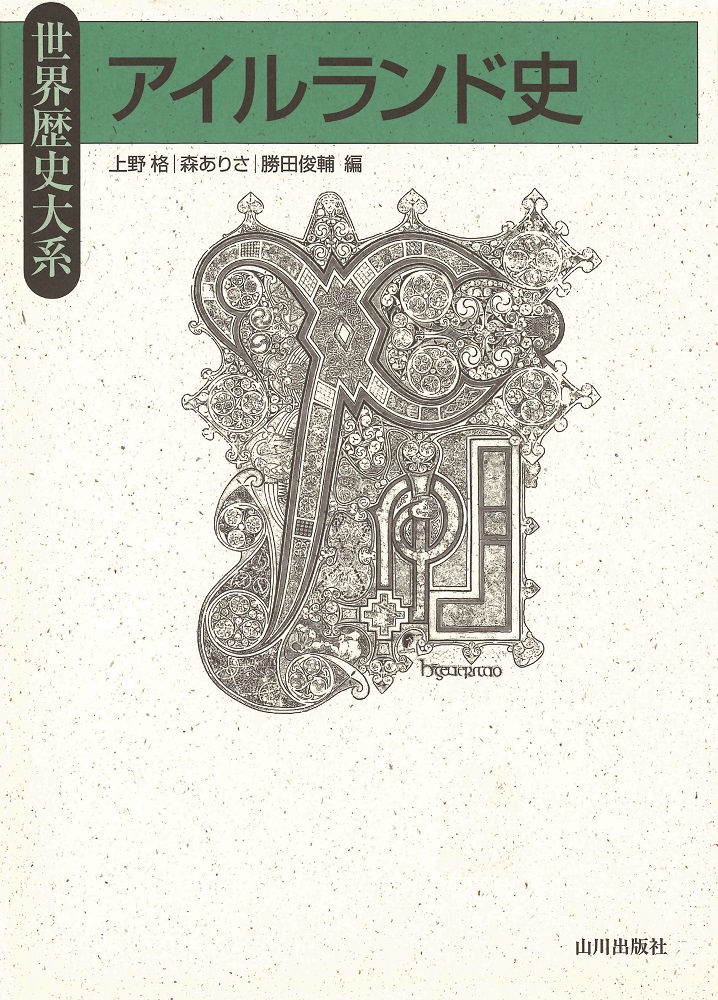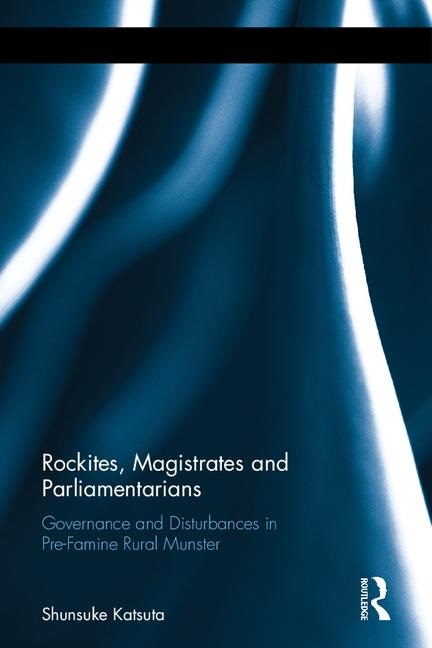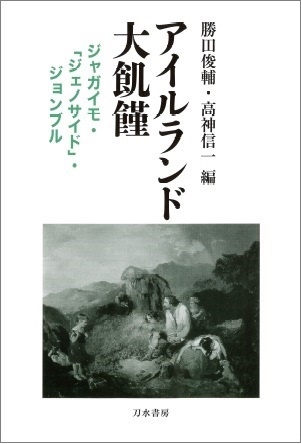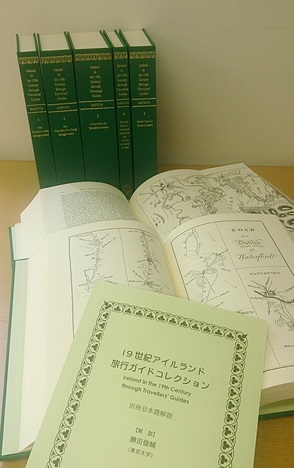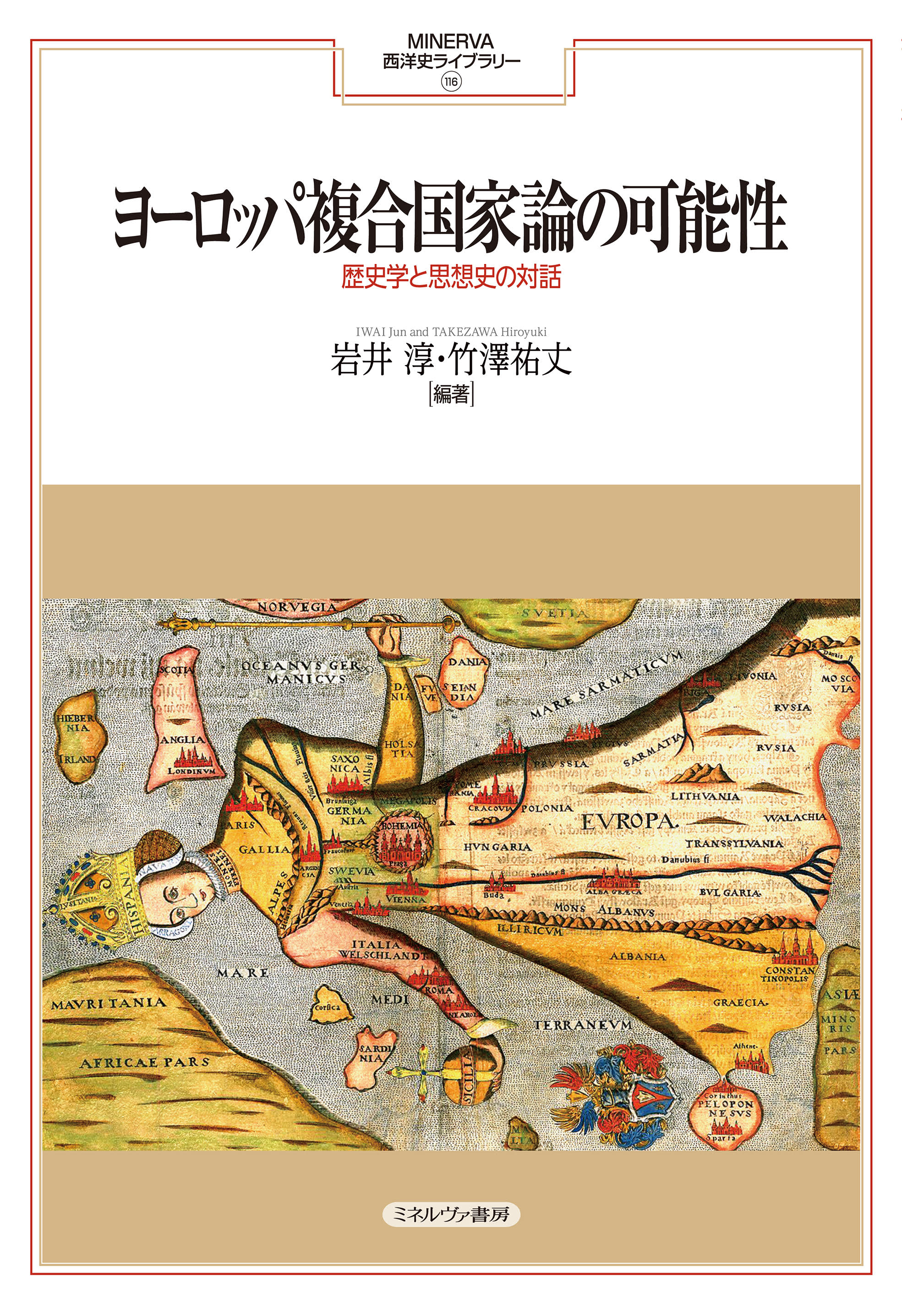
Title
MINERVA European History Library 116 Europe Fukugo Kokka-ron no kanousei (Potential of the European Composite State Theory - Dialogue between History of State and History of Thought)
Size
356 pages, A5 format
Language
Japanese
Released
May 01, 2021
ISBN
9784623090600
Published by
Minerva Shobo
Book Info
See Book Availability at Library
Misc.
Out of Stock (no immediate plans for reprint)
Japanese Page
There has been a strong trend in the academic study of European history in recent years to understand the European states of the 16th to 18th centuries as “composite states.” Unlike the nation-states of the 19th and 20th centuries, whose basic constituents were a homogeneous people with a unitary political system and a unitary territory, composite states were nations with diverse social groups, uneven exercise of power by the central government within the country, and heterogeneous territories scattered like enclaves. Moreover, it was not uncommon for a monarch to serve as the monarch of another country or several other countries (dual or multiple monarchy). The last feature in particular shows the possibility that the common interpretation of states of that time as having been under a “sovereign state” system needs to be revised. In either case, composite states comprised “distorted” states that were nevertheless rich in diversity.
The growing interest in these state types is in part due to the deepening integration of the European Union (EU), resulting in the emergence of the mega-composite state, but the intensity of interest differs from country to country. The history of the composite states of the British Isles was the earliest to attract attention, and there is a considerable amount of research in the Anglophone world, some of which has been conducted independently of the movements within the EC or EU. In the historiography in Japan, the composite nature of the British state, particularly in the 17th century, as a dual/multiple monarchy of England, Scotland, Wales, and Ireland, was first analyzed by the same editor in Religion and Society in the United Kingdom as a Composite State: Creation of the British State (Kyoto: Minerva Shobo, 2012). The present book is an expansion and continuation of that book.
In this book, essays by two editors and 14 authors deal with England, Scotland, Wales, and Ireland, as well as the Holy Roman Empire, France, Austria, the Netherlands, and Silesia. Joint research that targets such a diverse range of countries is rare in both the Anglophone and Japanese-speaking worlds, and the various patterns of European composite nations have been successfully delineated in this book. Another feature of this book is that it attempts to link composite state research with the history of thought, and it can be said to be an unprecedented attempt both domestically and internationally. Subjects include well-known thinkers such as Locke, Hume, Burke, Harrington, and Berkeley, as well as writers such as Davis and Swift, and even Japanese intellectuals such as Tadao Yanaihara. Most of these people lived in an era in which it was normal for a state to be a composite state, and it is shown here that the political thinking of these individuals was premised on the composite nature of the state they knew. In other words, it can be said that valuable suggestions are made by this book for the academic field of Western history, and it could even be argued that this book calls for a re-examination of Enlightenment thought.
(Written by KATSUTA Shunsuke, Professor, Graduate School of Humanities and Sociology / 2022)



 Find a book
Find a book


